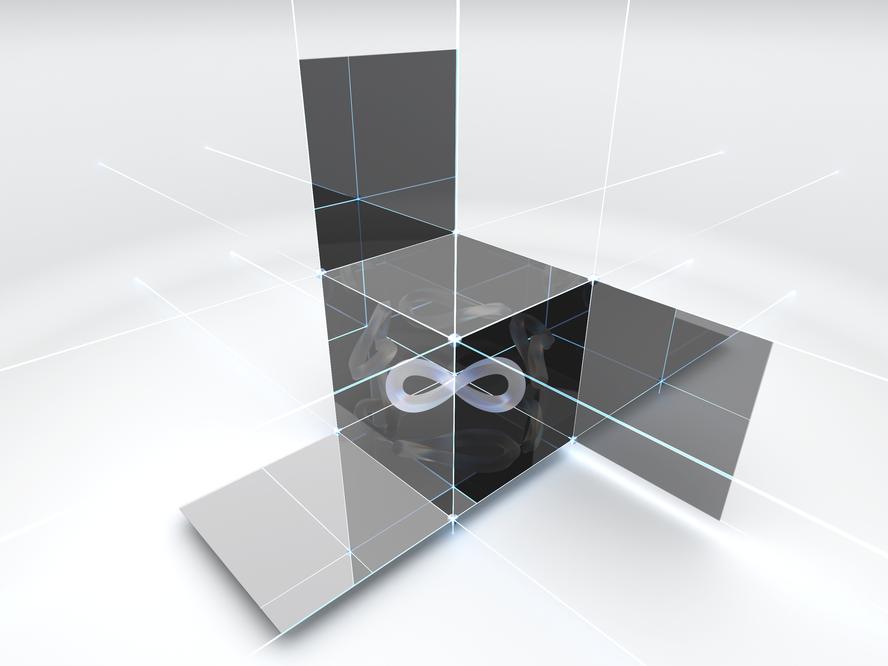Most of the materials in nature present at least one topological situation.
Text created by automatic translator Elia and has not been subsequently revised by translators. Elia Elhuyar
A study conducted by DIPC and Princenton University denies 40 years ago that topological materials are rare and exotic. In fact, they've made it clear that almost every material in nature has at least one topological situation. The article, published in the journal Science, introduces the concept of “supertopology” in the theory of band topology.
Topology is a physical property of some materials characterized by strong abnormal states. Under these circumstances, the electronic properties of surfaces and edges do not relate to local disturbances. This intrinsic immutability makes topological materials excellent candidates for the observation of effects such as the interconversion of electric current and electron spin, to simulate exotic theories of high energy physics and, in appropriate conditions, for the storage and manipulation of quantum information.
According to Maia García Vergniory, DIPC researcher, the potential of topological materials is enormous. Until recently, a set of chemical intuitive topological materials was found and it was considered that topological electronic states were like a lost needle in a haystack. Now, using a high-performance computational model, more than half of the 3d materials known in nature are topological and almost 90% present latent topological states.
Through a combined chemical and topological analysis, the group has grouped the electronic structures into some 38,000 topological materials which it makes available to the scientific community in the Topological Materials Database. The development of the new space theory - the so-called Topolka Quantum Chemistry - in topological bands has taken place for six years.
Considering these results, the experimental characteristics of the topological situations should also be observed in many materials in previous studies. After analyzing data from previous photographic experiments, the team found that this was the case. For example, in previous experimental studies, researchers found unexplained superficial resonances, and in the current study superficial topological situations were considered unconsidered.
This opens the door to the future, where advanced functionality materials will be designed, combining human intuition with artificial intelligence based on the Topological Materials Database and Topological Quantum Chemistry.”






